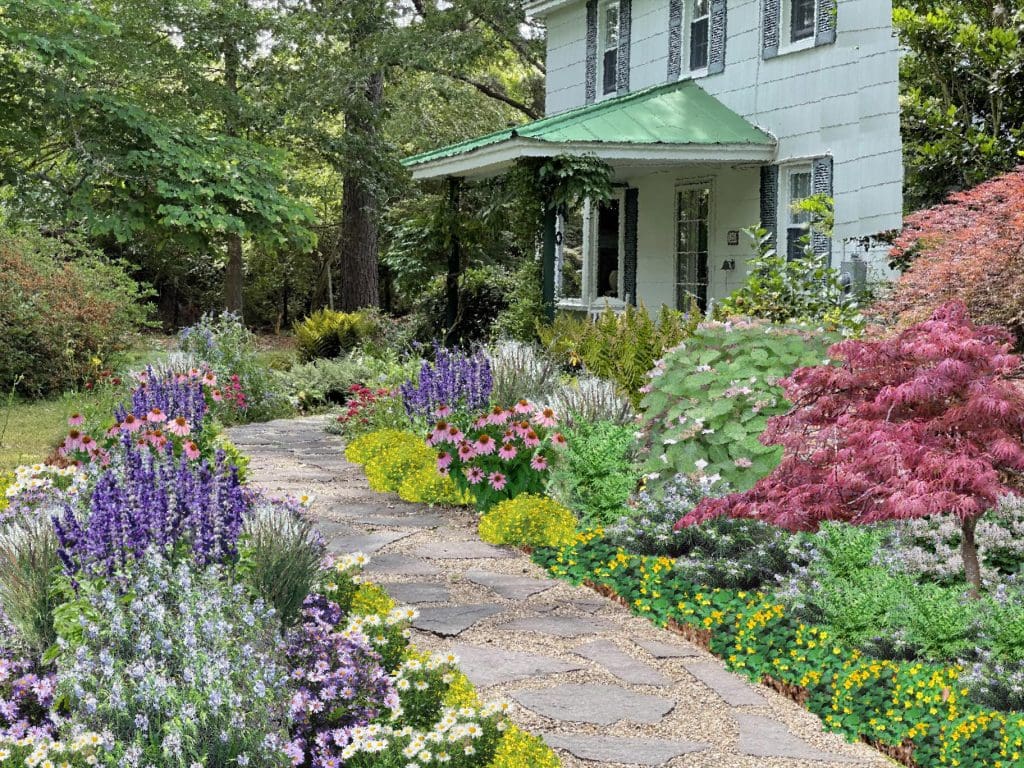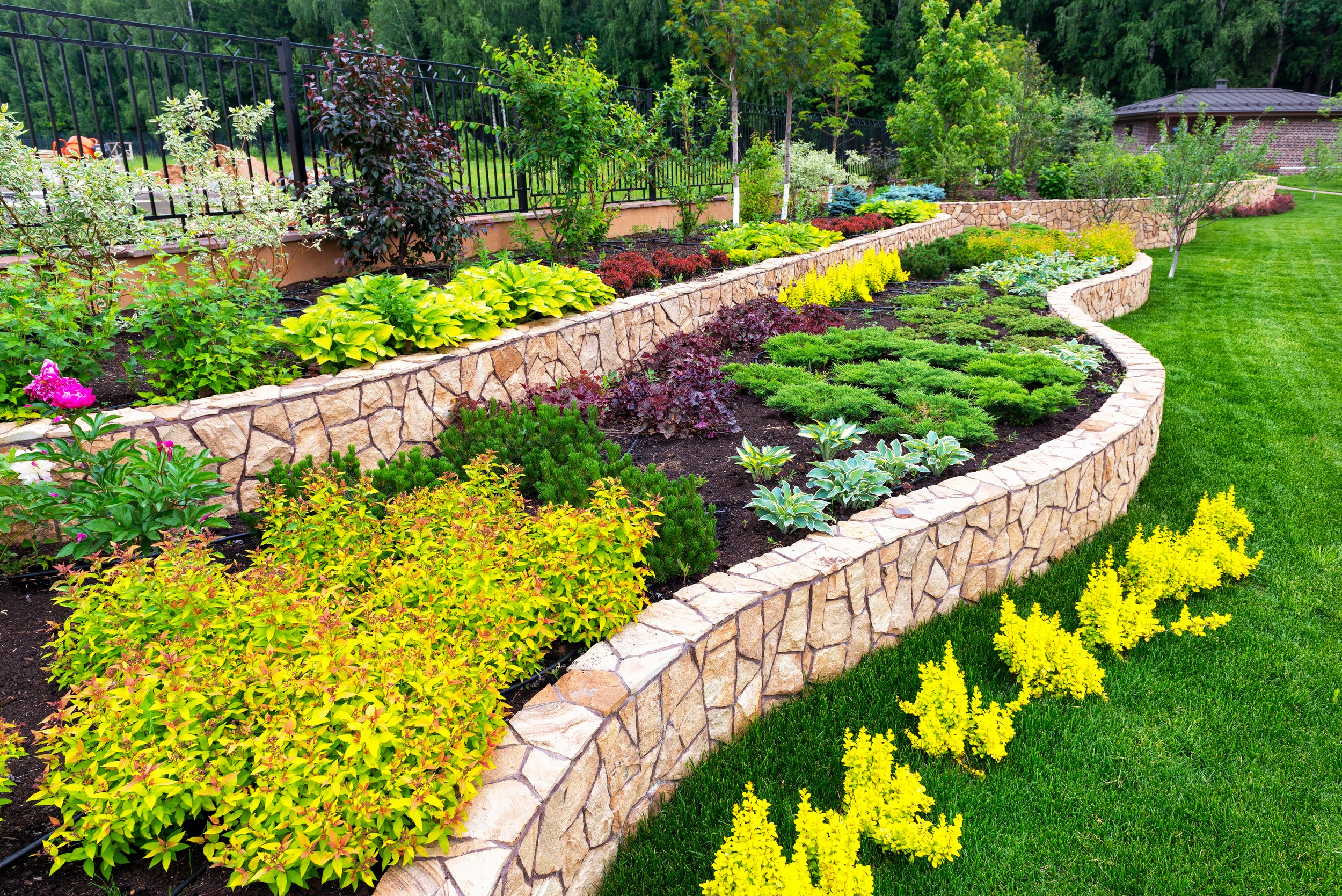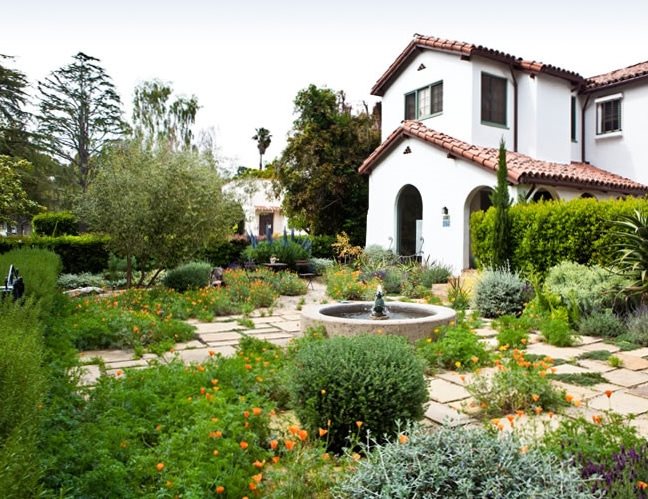10 Easy Facts About Hilton Head Landscapes Shown
10 Easy Facts About Hilton Head Landscapes Shown
Blog Article
Some Ideas on Hilton Head Landscapes You Need To Know
Table of ContentsOur Hilton Head Landscapes IdeasThe Ultimate Guide To Hilton Head Landscapes4 Easy Facts About Hilton Head Landscapes ExplainedExcitement About Hilton Head LandscapesGetting The Hilton Head Landscapes To WorkSome Of Hilton Head LandscapesHilton Head Landscapes Can Be Fun For Everyone
Line develops all forms and patterns and can be made use of in a variety of means in the landscape. Line in the landscape is produced by the edge between two materials, the rundown or silhouette of a kind, or a long straight feature. Lines are a powerful device for the designer due to the fact that they can be made use of to create an infinite selection of forms and types, and they manage motion of the eye and the body.

Lines in the landscape. The properties of lines identify how people respond to the landscape, both emotionally and physically.
3 Easy Facts About Hilton Head Landscapes Shown
Straight lines are most frequently found in hardscape edges and product. Bent lines create an informal, all-natural, unwinded personality that is connected extra with nature and asymmetrical equilibrium. Bent lines relocate the eye at a slower speed and add secret to the space by producing concealed views. Vertical lines relocate the eye up, making a space feel bigger.
Vertical lines in the landscape consist of tall, slim plant product, such as trees, or tall structures, such as an arbor or a bird house on a post. Horizontal lines move the eye along the ground aircraft and can make an area feel larger. Reduced lines are a lot more controlled and create a feeling of rest or repose.
The Buzz on Hilton Head Landscapes
Lines are additionally produced by the upright types of developed features and plant product. There are 3 primary line kinds that develop kind in the landscape: bedlines, hardscape lines, and plant lines.
Bedlines attach plant product to the house and hardscape because the eye complies with the line, moving the gaze via the landscape. Hardscape lines are produced by the edge of the hardscape, which marks the developed structure. Line can also be produced by lengthy and slim materials, such as a fence or wall.
How Hilton Head Landscapes can Save You Time, Stress, and Money.
Type is found in both hardscape and plants, and it is normally the dominant visual element that spatially organizes the landscape and typically determines the design of the garden. The kind of frameworks, plant beds, and yard ornaments also determines the overall kind style of the garden. Formal, geometric forms include circles, squares, and polygons.
Plants develop type in the yard through their details or silhouettes, however type can also be specified by a void or adverse room between plants - landscapers in bluffton sc (https://yoomark.com/content/family-owned-and-operated-hilton-head-landscapes-has-been-serving-beaufort-county-over). Circles can be full circles, or they can be divided right into fifty percent circles or circle sections and integrated with lines to produce arcs and tangents
Hilton Head Landscapes Fundamentals Explained
Circles are a strong style kind because the eye is constantly attracted to the center, which can be made use of to stress a focal factor or attach other kinds. Circular types in hardscape and grass panels.
The square type can also be segmented and used consistently to produce a grid pattern. Unlike circles, squares are more powerful on the brink, which can be lined up or overlapped to produce one-of-a-kind patterns and more complicated types. Polygons are many-sided forms with straight edges. Triangulars, as an example, are three-sided polygons.
Meandering lines usually resemble the all-natural course of rivers or streams and can be described as smooth lines with deeply curved undulations. Meandering lines (Number 3) work well for pathways, plant bedlines, and completely dry stream beds. Twisting lines can include interest and enigma to a yard by leading visitors around corners to uncover brand-new views and spaces.
The smart Trick of Hilton Head Landscapes That Nobody is Discussing

Figure 5. Fragmented edges: tipping stones in path. Type is one of the most long-lasting top quality of a plant (Landscapers near me). https://www.tumblr.com/h1tnhdlndscps/754928253939187712/family-owned-and-operated-hilton-head-landscapes?source=share. Usual plant forms navigate to these guys are well established and standard, as form is the most regular and well-known characteristic of plants. Form can also be developed with the massing of plants, where the general mass creates a different type than a specific plant.
A highly different type should be utilized with careone or 2 job well as a centerpiece, yet a lot of wreak havoc. Natural plant forms, instead of over-trimmed forms, should establish the mass of the structure. The importance of total kind is essentially based on the watching perspectivethe type of a tree can appear fairly different to a person standing under the canopy versus seeing the tree from a distance in an open area.
10 Easy Facts About Hilton Head Landscapes Explained
Plant types likewise create and specify deep space or open rooms in between the plants, producing either convex or concave kinds in deep spaces. High-arching tree branches normally create a concave open room under the branches, and a rounded canopy with low branches fills the area to produce a convex form in the open area under the tree.

Report this page